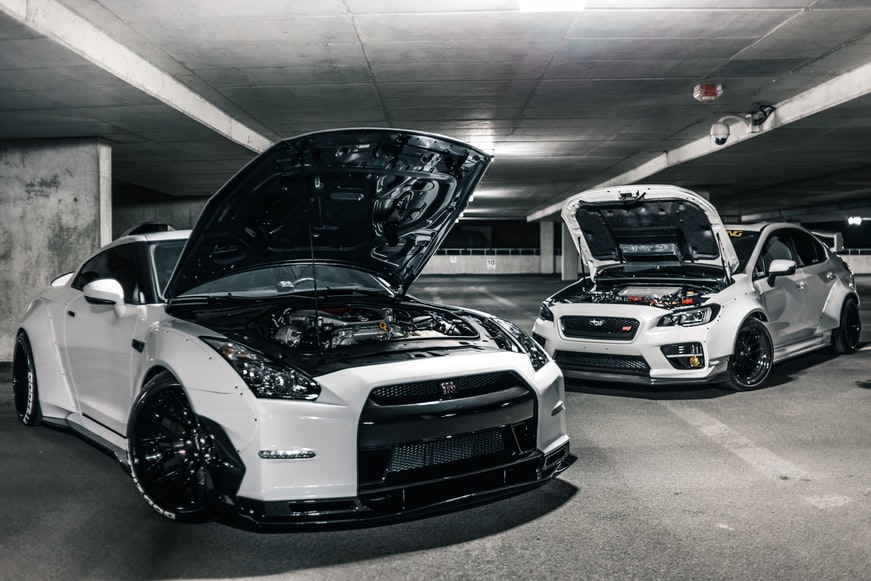Your car engine is the brain of your car. It has all the necessary components to power up your car. Without an engine, a car wouldn’t run.
Not only is it necessary to have good engine parts like Cummins;you also need to know about key aspects of the car engine and how to maintain the engine so that it will last longer.
- Five important car engine parts that power your car
A vital part of the engine is the cylinder. It’s the chamber where fuel moves through to generate power. You might have noticed that most people look at the number of cylinders when buying a new car. This is because the more cylinders a car has, the more fuel can be burned, the more power it can generate.
However, power doesn’t come from the cylinder but from what’s in it.
A cylinder is made up of durable metal that’s sealed shut on one side while the other side opens and closes. It has pistons that move up and down, and this motion then generates the power for your car.
What are the five crucial engine parts?
- Piston. The piston is positioned underneath the cylinder and is attached to the crankshaft which is the axle that makes it possible for the piston to do an up and down motion.
- Crankshaft. This is an axle that powers the car’s gearbox that drives the wheels.
- Spark plug. The main purpose of the spark plug is to set fire to the fuel. This is situated on top of the cylinder.
- Valves. These are the intake and exhaust valves that are responsible for letting air and fuel in and out of the cylinders. The intake valve is used for letting the air or fuel into the cylinder, while the exhaust valves are responsible for letting out the exhaust from the combustion.
- Distributor. The distributor’s purpose is to route the high voltage current from the ignition coil to the spark plugs in the correct order and under the correct time.
- 4-, 6- and 8-cylinder engines: What’s the difference?
We mentioned that the cylinder holds the fuel that powers up your car. So the more cylinders you have, the more fuel you can burn, the more powerful your car would be.
The difference between 4, 6, and 8 cylinder engines is power. But more doesn’t mean better because it will all come down to the driver’s needs and preferences.
If you’re leaning toward a fuel-efficient vehicle, you’re more likely to choose the 4-cylinder engine. You can go for the turbocharged 4-cylinder engine if you want speed and fuel efficiency. Turbocharging works by adding air into the chamber. But it only works when the driver chooses to push for more power so it makes it fuel-efficient.
For more power, you can go for the 6-cylinder or 8-cylinder engine. It’s good to know these things and do more research. Most importantly, test-drive the vehicle to learn which one is best for you.
Also, note that a car with fewer cylinders will most likely have lower car insurance premiums compared to 6- or 8-cylinder ones.
- When to change oil filters
Oil is needed to keep the engine running with no problems. It lubricated the parts of the engines and keeps the debris away from the engine. What the oil filter does is filter out the dirt that accumulates.
You don’t have to change the oil filter every time you go for an oil change. It’s recommended to change your oil filter every 20,000 to 30,000 miles.
Be sure to check with your car manufacturer or service center for the best time to change oil filters for your particular car model.
- When to change air filters
Air filter replacement will depend on what condition you’re driving in. Some people drive in dusty locations while others, not so much. Air filters also perform better as they age. They tend to let bigger particles in when they’re new, but their pore sizes get smaller and reach their optimal level of filtration as they are used more.
To maintain the highest performance of your car, it’s recommended to replace your air filters every 15,000 to 25,000 km or the same time as you change oil filters. Adjust and reduce the interval when driving in sandy or dusty locations.
Don’t Neglect Oil Changes
The oil is crucial for keeping the components of your engine smoothly working together with as minimal friction as possible. It will get gunky and dirty over time, so it will need to be monitored and changed regularly to keep your engine running at its optimal performance.


